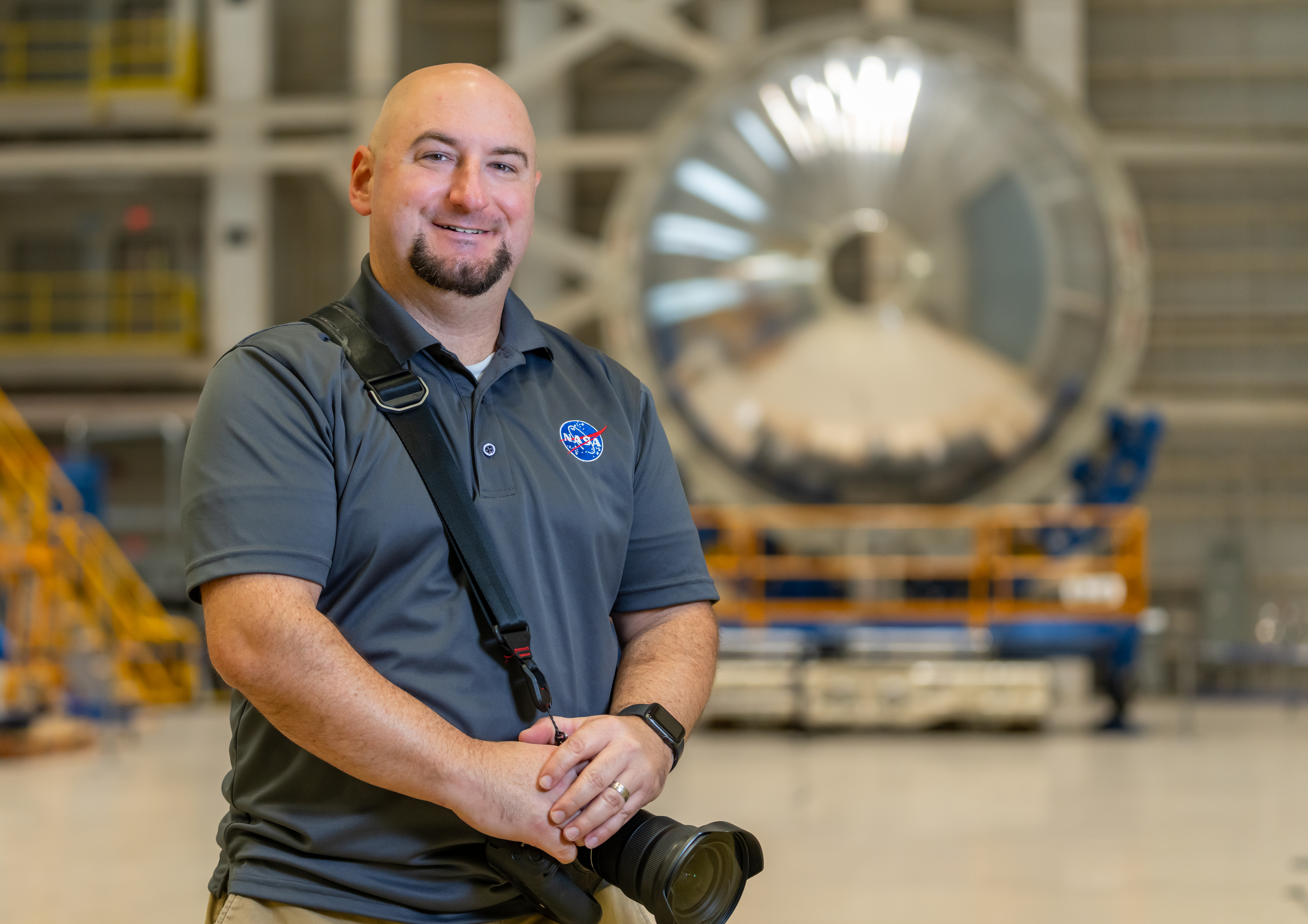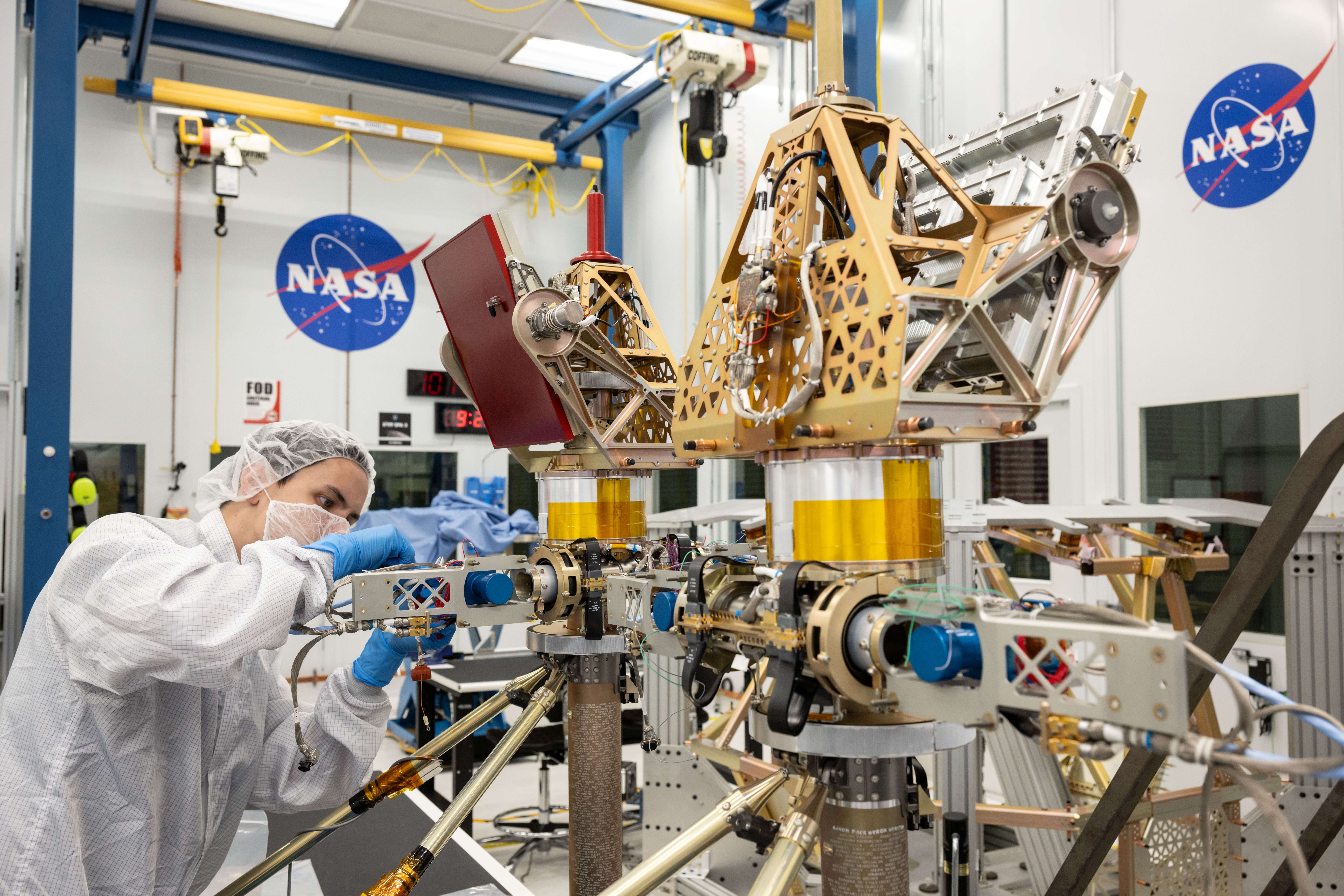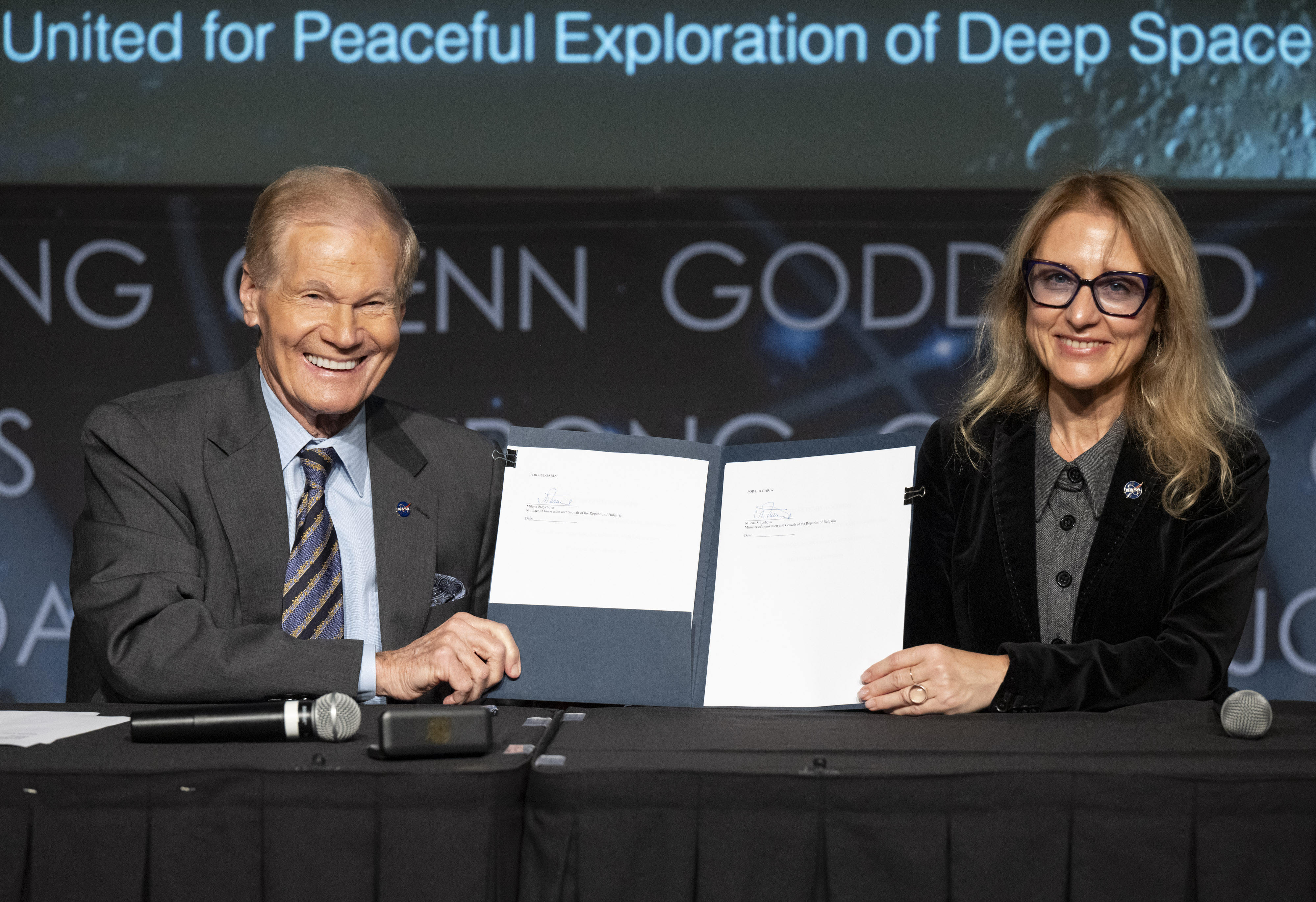ISS Daily Summary Report – 4/04/2023
Payloads: BioFabrication Facility (BFF): In order to put the tissue cassette in a good configuration, the crew removed the curing lid and installed the print lid. Using 3D biological printers to produce usable human organs has long been a dream of scientists and doctors around the globe. However, printing the tiny, complex structures found inside …

BioFabrication Facility (BFF): In order to put the tissue cassette in a good configuration, the crew removed the curing lid and installed the print lid. Using 3D biological printers to produce usable human organs has long been a dream of scientists and doctors around the globe. However, printing the tiny, complex structures found inside human organs, such as capillary structures, has proven difficult to accomplish in Earth’s gravity environment. To overcome this challenge, Techshot designed their BFF experiment to print organ-like tissues in microgravity, acting as a steppingstone in a long-term plan to manufacture whole human organs in space using refined biological 3D printing techniques.
Electrostatic Levitation Furnace (ELF): The crew performed the steps necessary to remove the processed experiment samples and install the next set of samples to be processed. The ELF is an experimental facility designed to levitate/melt/solidify materials by containerless processing techniques using the Electrostatic Levitation method. With this facility, thermo-physical properties of high temperature melts can be measured, and solidification from deeply undercooled melts can be achieved. The ELF is located in the JEM Multipurpose Small Payload Rack (MSPR) in Kibo.
Foams and Emulsions Sampling: An experiment-1 protocol session was performed, which results in the production of an emulsion. In this protocol, the emulsion is formed by mixing an aqueous solution with an oil. The emulsion is observed in the Keyence Research Microscope Testbed (KERMIT) and then “cured” to preserve it for later analysis. Foams and emulsions appear in many foods, consumer, and personal care products and are used in a variety of industries. Structure and Stability of Foams and Emulsions examines the properties and performance of foams and emulsions, including using particles of various shapes and surface roughness to stabilize these materials. Microgravity enables examination of the microstructures of foams and emulsions due to the elimination of gravity-related factors such as buoyancy of particles.
Vascular Aging: A science session consisting of blood pressure measurements and ultrasound scanning was performed. Emerging data point towards linkages among cardiovascular health risk, carotid artery aging, bone metabolism and blood biomarkers, insulin resistance, and radiation. Data indicates that aging-like changes are accelerated in many ISS crew members, particularly with respect to their arteries. As part of the Space Environment Causes Acceleration of Vascular Aging: Roles of Hypogravity, Nutrition, and Radiation (Vascular Aging) investigation, ultrasounds of the arteries, blood samples, oral glucose tolerance, and wearable sensors from ISS crew members are analyzed.
Systems:
On-orbit Hearing Assessment (OOHA) with KUDUwave Software Setup and Test: The crew performed a hearing test using an OOHA headset and KUDUwave software. An OOHA is done within the first 14 days of flight on the ISS, and then every 60 days thereafter, to assess the peripheral hearing sensitivity of crew members while living on the ISS. The results will help the Audiology and Hearing Conservation with data comparisons to conventional pre-flight and post-flight audiometric test results of crewmembers.
Health Maintenance System (HMS) Optical Coherence Tomography (OCT2) Exams: The crew completed routine OCT eye exams. OCT is an imaging technique analogous to ultrasound imaging that uses light instead of sound to capture micrometer-resolution, two- and three-dimensional images of tissue; in this case, the objects of interest are the crewmembers’ eyes. Eye exams are performed regularly on-board to monitor crewmembers’ eye health. Eyesight is one of the many aspects of the human body that may be affected by long-duration stays in a microgravity environment.
SpaceX-27 (SpX-27) Cargo Dragon – Transfer Operations: With the vehicle unpack complete, the crew has now begun working steps from the packing list. Hardware, cargo, and science are now being loaded onto SpX-27 in preparation for its return to Earth. SpX-27 is currently scheduled for an undock from the N2 Forward port of the ISS on April 15th.
Atmosphere Revitalization System (ARS) Four Bed Carbon Dioxide (4BCO2): The crew performed a sampling of CO2 effluent from the 4BCO2 Scrubber for analysis on the ground. This was done beginning with a purge using a relative humidity canister, followed by three total samples. 4BCO2 is a full-scale CO2 removal Flight Demonstration Unit (FDU) capable of supporting exploration-sized crews.





































